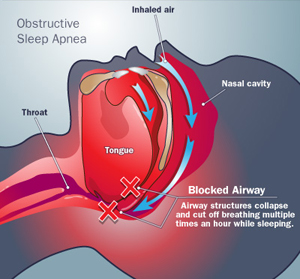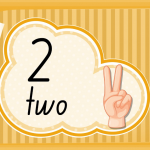I’m on the Mythbusting prowl again! This time, it’s about Hoodia, which I was asked about at a speaking engagement recently.
On the shelf amongst dozens of consumer products marketed as weight loss agents, Hoodia is available in a wide array of pills, bars, powders or teas.
While often referred to as a cactus due to its appearance, Hoodia gordonii is actually a flowering plant unrelated to the cactus family that is native to Southern Africa. It is traditionally used by the San people of South Africa and Namibia as an appetite suppressant on long hunting trips, or during times of famine. The active component of Hoodia, called P57, was discovered and patented in 1995, and from there, we have seen an explosion of products touted under the plant’s name.
Unfortunately, as for most commercially available weight loss ‘remedies’, there is little to no data on Hoodia or its chemical components for efficacy nor safety. The study of Hoodia has been particularly limited due to conflict over the rights to it, which was ultimately settled in an agreement providing for the San people to receive royalties on Hoodia sales (though my understanding is that the San have yet to realize any royalties from this agreement).
The only existing human clinical trial I’m aware of was a small, 15 day randomized controlled study conducted in 49 women, showing no effect on food intake nor body weight, and a host of side effects including increase in some liver tests (bilirubin and alkaline phosphatase), EKG changes (prolongation of PR and QT intervals), increase in blood pressure, heart rate, dizziness, disturbance in skin sensation, dizziness, giddiness, nausea and vomiting. Yowza.
So, similarly to Garcinia cambogia, raspberry ketones, and green tea extract, Hoodia does not have evidence as an effective weight loss treatment in humans, and may be dangerous.











